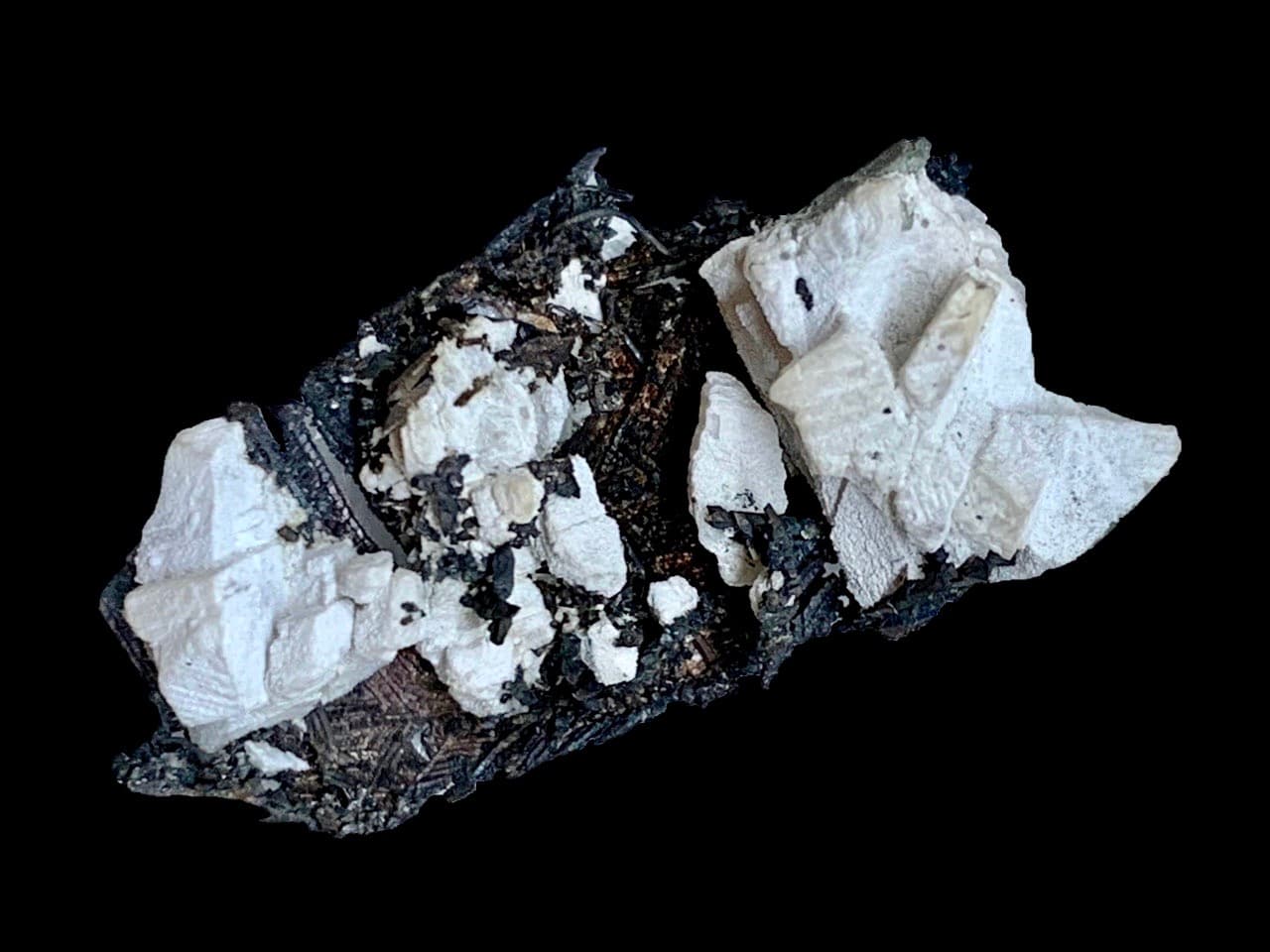"Native Element Minerals" refer to minerals that consist of one element occurring in its natural form. Native minerals have a chemical structure resembling those of other minerals. Many native elements have a simple structure consisting of a unit cell of only one atom in a simple arrangement. However, native elements can also have more complex unit cells with groups of the same elements. For instance, native sulfur forms in S8 groups. Native elements can be categorized into three groups aligned with the periodic table: metals, semimetals, and nonmetals. Metals tend to have a simpler crystal structure than semimetals and metals. Nineteen unique elements naturally occur as Native Element minerals including:
Metals
-
Iron
-
Zinc
-
Platinum
-
Iridium
-
Mercury
-
Copper
-
Lead
-
Osmium
-
Gold
-
Tin
-
Chromium
-
Silver
Semimetals
-
Antimony
-
Arsenic
-
Bismuth
-
Selenium
-
Tellurium
Nonmetals
-
Carbon
-
Sulfur
References
“The New IMA List of Minerals – A Work in Progress – Updated: September 2020.” International Mineralogical Association - Commission on New Minerals, Nomenclature and Classification, International Mineralogical Association, cnmnc.main.jp/ ↗.
Frye K. (1981) Native elements and alloys. In: Mineralogy. Encyclopedia of Earth Science. Springer, Boston, MA. https://doi.org/10.1007/0-387-30720-6_88 ↗
